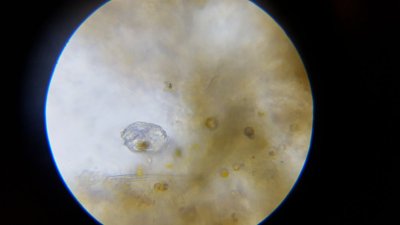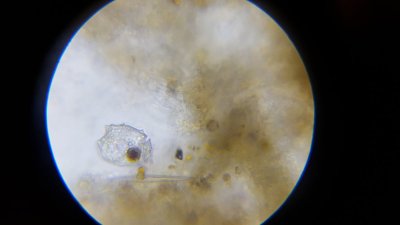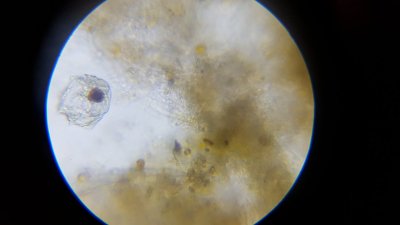- Joined
- May 22, 2016
- Messages
- 6,639
- Reaction score
- 10,260
Day 1 normal (1 scoop per 10gal)Amazine.. so what kind of dose had that result?
Would you think 125mg per 10 gallons isn't sufficient?
Day 2: the super unscientific a pinch of metro into 600ml
Best guess is that day 2 was anywhere from 3 to 10 times the normal dose.
Really I was just trying to get side by side dino cell pics to see what changes in response to metro, and that failed.
At day 4, they looked basically the same.
At day 8, there was nothing to look at.
I dunno if high dose is the answer, but it's possible long treatment is also high dose too...
Are you confident that the company is correct that it degrades after 48 hours? (Researchers have found measurable amounts of it in bodies of water over much longer time period.) Or is it likely that after 10 doses, the equivalent of 7 or 8 or 9 doses are still around in the system. I think it's at least a strong possibility.
I'll run carbon and water change in the metro beaker, then keep it going for a couple more weeks to see if any dinos reappear from cysts I don't recognize.
I'll probably take my healthy ostreopsis and split it into several beakers to do a dose-response test. I'll probably just do a single dose of varying sizes for simplicity sake.






















